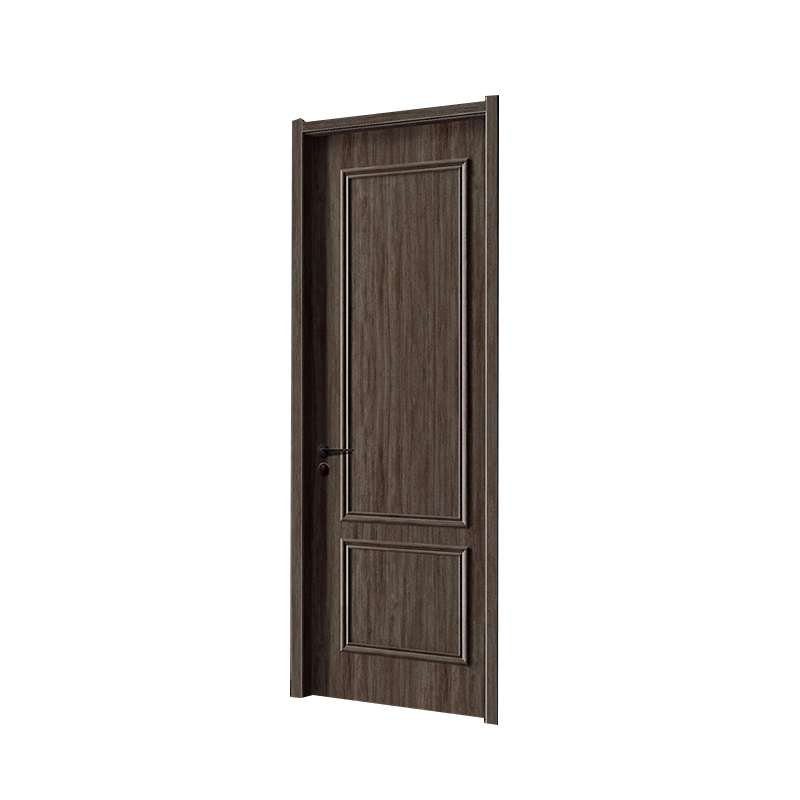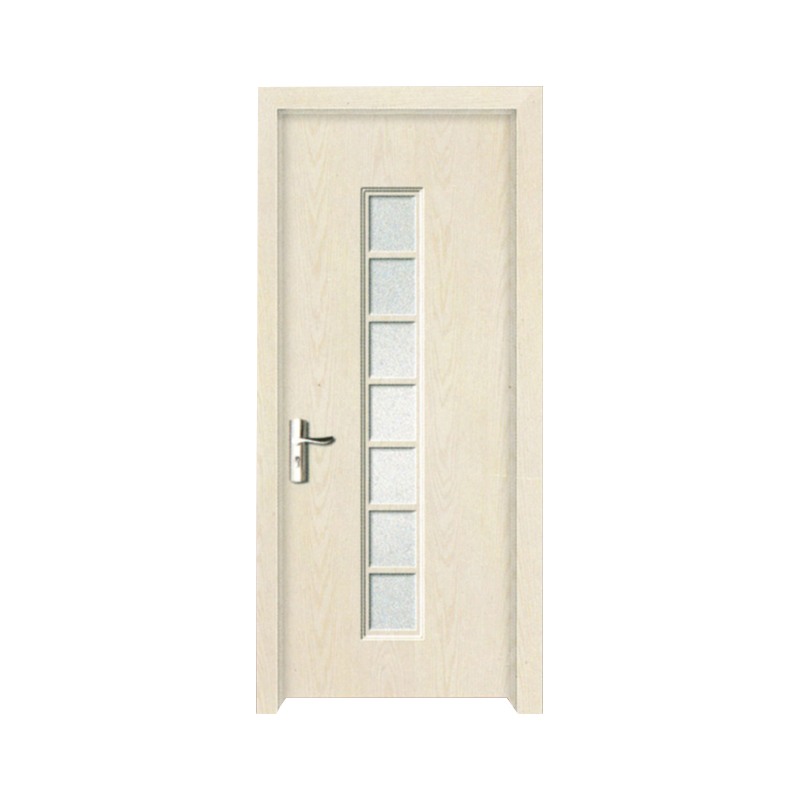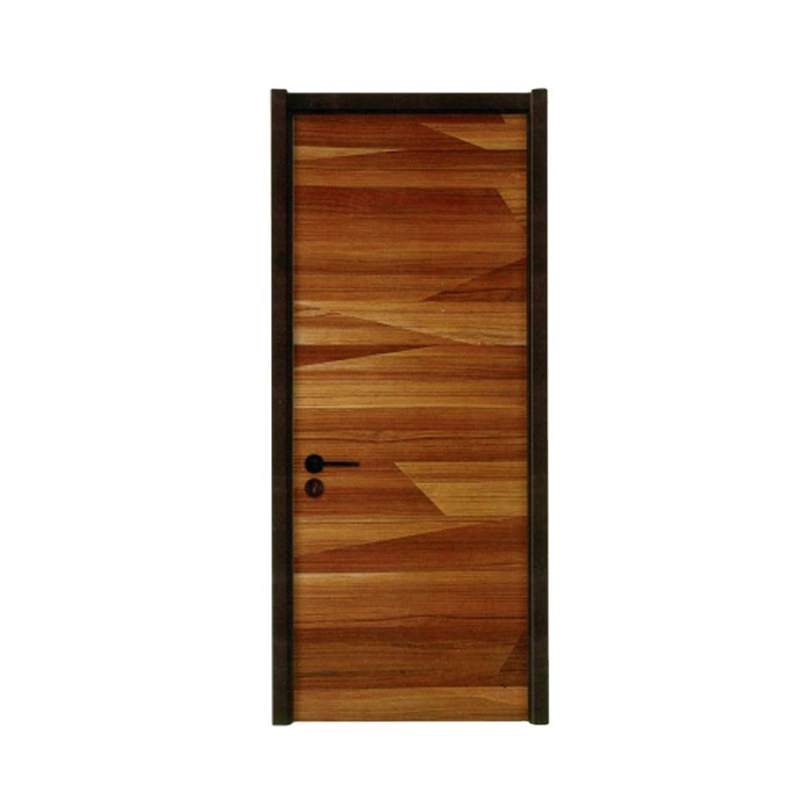OEM/ODM wrought iron gate in China For Sale
From the intricate designs of medieval craftsmanship to the precision of modern industrial production, the journey of wrought iron gates is a fascinating testament to human ingenuity and artistic expression.
In the Middle Ages, wrought iron gates were meticulously crafted by blacksmiths using hammers and anvil. These gates were not merely functional; they were works of art, adorned with intricate patterns, heraldic symbols, and flowing vines. Each gate was a unique creation, reflecting the skill and imagination of its maker. The process began with the smelting of iron ore into blooms, which were then hammered into thinner rods and shaped into intricate designs. This labor-intensive process required immense patience and skill, making each gate a precious possession.
As the Industrial Revolution swept across Europe in the 18th and 19th centuries, wrought iron gates underwent a transformation.
The introduction of machinery, such as forges and power hammers, drastically reduced the time required to produce ironwork. Yet, despite this mechanization, the artistry and craftsmanship remained integral to the process. Skilled artisans continued to design and oversee the production of wrought iron gates, ensuring that they retained their unique charm and beauty.
The modern production of wrought iron gates is a blend of tradition and technology. The design phase often begins with computer-aided drawing (CAD) software, allowing for precise measurements and detailed renderings of the proposed gate. However, the true essence of them lies in the hands of the craftsmen who bring these designs to life. Using a combination of machinery and traditional tools, they forge and shape the iron into intricate patterns, carefully welding the pieces together to create a sturdy and beautiful structure.
The welding process is critical in modern wrought iron gate production. It allows for stronger and more complex designs than were possible with traditional riveting techniques. Skilled welders use a variety of welding techniques, including MIG, TIG, and stick welding, to ensure that the joints are both strong and visually pleasing. Once the welding is complete, the gates undergo a rigorous inspection process to ensure that they meet the good standards of quality and safety.
The final step in the production is the application of paint or finish. This not only protects the iron from rust and corrosion but also adds to the aesthetic appeal of the gate. A variety of finishes are available, ranging from traditional blacksmith's patina to modern powder-coated colors. The choice of finish can greatly impact the overall look and feel of the gate, making it an integral part of the design process.
Wrought iron gates continue to be a popular choice for both residential and commercial properties. Their timeless beauty and robust durability make them a valuable investment, adding both security and curb appeal to any property. As we look to the future, the combination of traditional craftsmanship and modern technology will undoubtedly continue to shape the evolution of wrought iron gates, ensuring that they remain a cherished and enduring symbol of beauty and security.
In conclusion, wrought iron gates are more than just barriers; they are works of art that have evolved over centuries, reflecting the skill and imagination of generations of craftsmen. From the meticulous designs of medieval blacksmiths to the precision of modern industrial production, the art of wrought iron gate-making remains a vibrant and enduring tradition.


 عربى
عربى
















